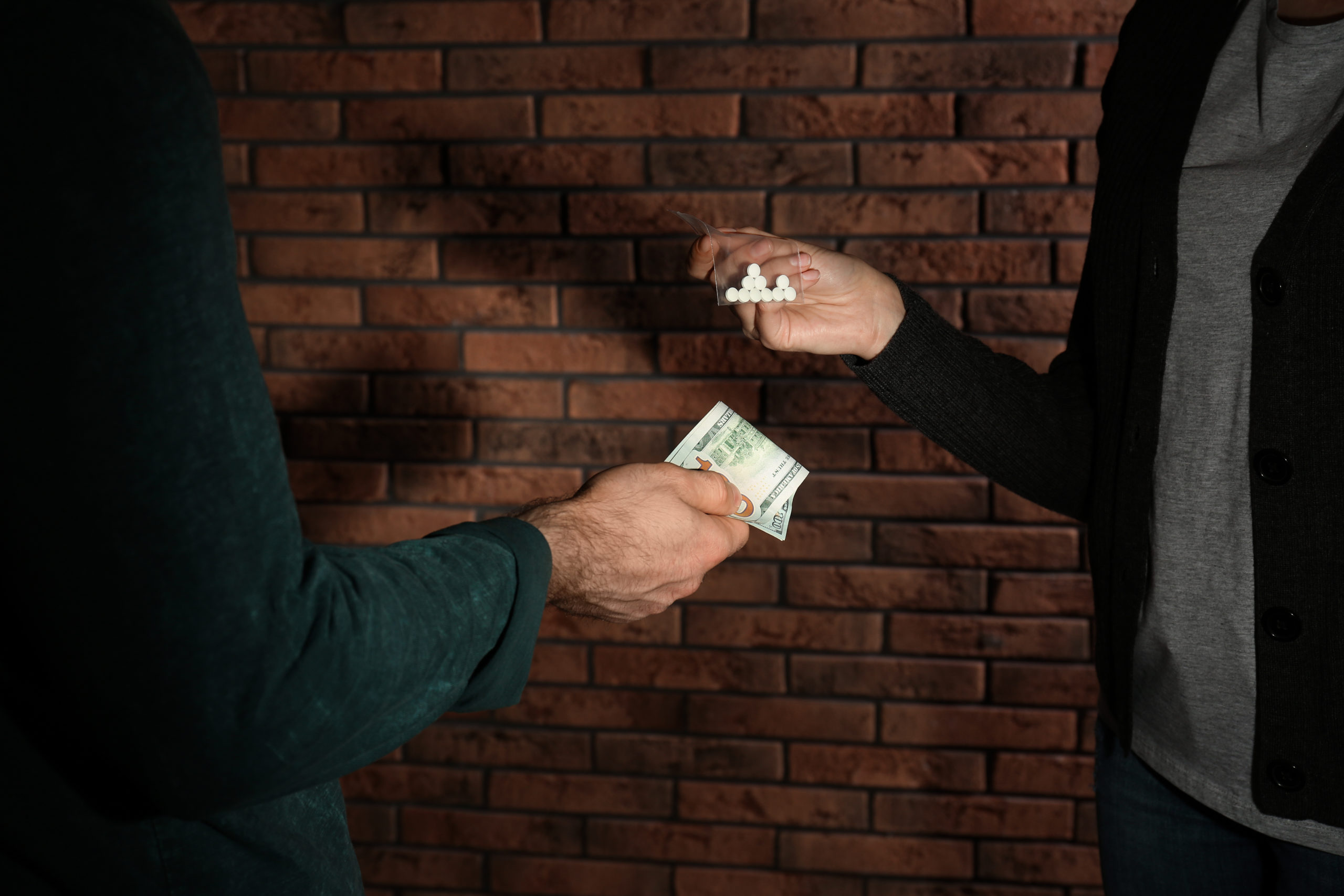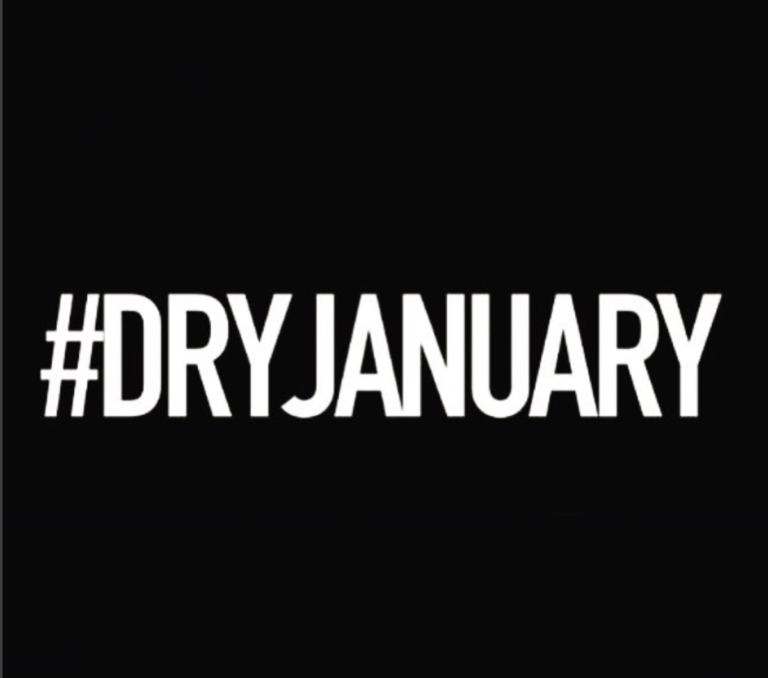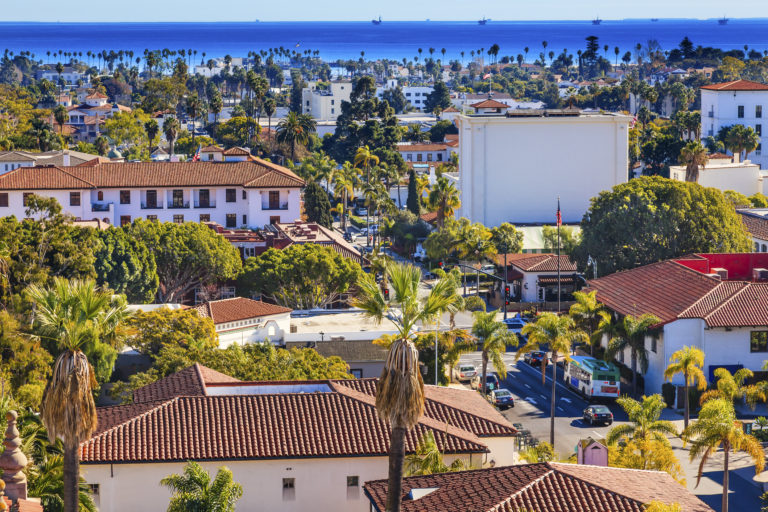It’s not often you read an addiction story on the pages of the business site Bloomberg, but this week they published an interesting article illustrating the financial impact of a serious narcotics dependency. The bottom line is: Street drug prices are continuing to rise, creating even more of a financial burden on people who have found themselves hooked.
Taking a look at the issue on a global scale, the site published an interesting world map highlighting which countries pay the most for their drugs. On average it appears as though Australia tops the list, followed by New Zealand and then the United States.
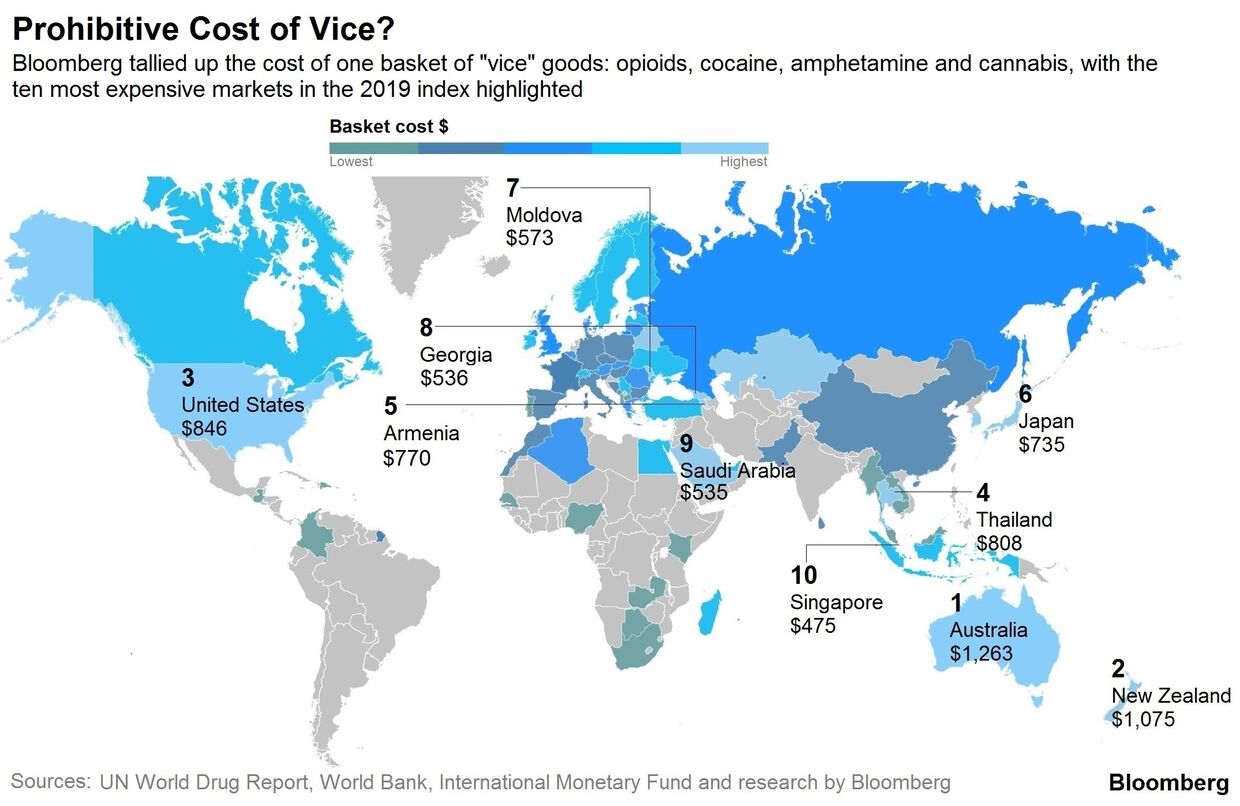
The amounts displayed represent the average cost for a “basket of vice,” which includes common street drugs like cocaine and amphetamines (among others). America saw one of the steepest increases in its basket price over the past year. Here illegal opioids are in high demand, meaning the dealer charges are continuing to rise.
OxyContin, for example, was called out. Bloomberg reports that the “street strain” of this typically prescribed med can cost as much as 10 times more than what you’d pay in a pharmacy.
Australia’s #1 ranking did alarm site writers Lee J. Miller and Wei Lu. Their report showed that people within that country spent over $13.5 billion on illicit drugs within the past year. Methamphetamines and cannabis were the most prominent when it came to sales, accounting for 70 percent of all purchases.
Bloomberg listed Laos as one of the countries with the lowest basket price. In that region of the world, a kilogram of cocaine runs about $8,000 (vs. $35,000 per kg in the United States).
Another disturbing chart on the site detailed fatal overdose rates by country. In this breakout the U.S. reigned supreme, accounting for nearly 25 percent of all global OD’s. China was slightly behind (with 14.6 percent), followed by Russia (11.8 percent) and then India (9.7 percent).

Truth be told, all of this data does fall under basic economics. In the supply and demand nature of business, higher need for a product does lead to higher prices. And tragically, our country is currently in the midst of one of the worst addiction crises of modern times. So until a dent is made there, expect these basket prices to continue to rise.


